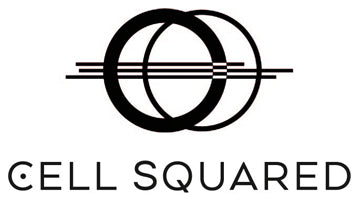Organ meats, including liver, heart, kidney, and other cuts, were once valued for their incomparable nutrient density. Treasured by our ancestors, these foods formed the backbone of ancestral nutrition, sustaining health and vitality for generations. Today, they have largely disappeared from the modern plate, overshadowed by more "conventional" muscle cuts.
This shift reflects broader societal changes like industrialisation, urbanisation, and evolving cultural attitudes. Yet, as we grapple with nutritional deficiencies and sustainability challenges, whole-food eating offers a path forward. Let’s explore the historical significance of organ meats, why they faded from favour, and how modern innovations are bringing them back into focus.
The Historical Significance of Organ Meats
For most of human history, organ meats were considered treasures for their richness in bioavailable nutrients.
Organ meats played a significant nutritional and ceremonial role across cultures. From the Maasai to Indigenous Australians, organ meats formed part of the dietary staple and were symbolic of life and energy. Such respect for whole-animal consumption was a core constituent of ancestral nutrition, which minimised waste while maximising nourishment.
As diets shifted to favour muscle meats, the principles of ancestral nutrition were sidelined. To understand why, we must look at the societal changes that redefined eating habits.
How Modernisation Changed Our Diets
The Industrial Revolution and urbanisation disrupted food sourcing. Families no longer raised livestock or butchered their own meat. Supermarkets prioritised pre-packaged muscle cuts that were easier to market, sidelining organs that required specific preparation.
The Rise of Convenience Foods
The demand for quick meals shot up post-World War II. Frozen dinners and processed meats became the staple, while traditional cooking knowledge, including how to prepare organ meats, faded. Marketing campaigns pushed muscle cuts as symbols of modernity, further marginalising organ meats.
Cultural Shifts and Stigma
Over time, organ meats were unfairly labelled as “poor man’s food,” a narrative that obscured their importance in ancestral nutrition. Glossy advertisements and modern food trends championed muscle cuts, sidelining nutrient-dense organs that had sustained humans for millennia.
The Nutritional and Environmental Costs
A Void in Nutrition
Organ meats are nature’s powerhouses. Some of us have spent many years focused on macronutrients and may have forgotten about the micronutrients.
Wasted Resources
Discarding organ meats contributes to food waste, making irresponsible use of animals. The "nose-to-tail" approach, in which all parts of the animal are eaten, cuts down on waste and respects the environmental resources involved in raising livestock.
A Disconnection from Nature
Ignoring organ meats reflects a broader detachment from sustainable food practices. Historically, these foods connected us to the life cycles of nature. Their revival could help restore respect for food sources and the ecosystems that sustain us.
Modern Solutions: Making Organ Meats Accessible Again
Innovations like freeze-dried powders and capsules are bringing organ meats back in ways that fit modern lifestyles. These products preserve nutrients while offering a tasteless, easy-to-use option for consumers wary of traditional preparation.
Nutrient-Dense Blends
Liver, heart, and kidney combinations maximise nutritional benefits in a single serving, representing synergy that is central to ancestral nutrition. By providing convenience without compromise, these blends bring the principles of ancestral nutrition into the 21st century.
Sustainability and Ethics
The resurgence of organ meats aligns with the principles of sustainable eating. By utilising the entire animal, we reduce waste and honour the resource-intensive process of raising livestock. Certified organic and regenerative farming practices add an ethical dimension to this movement.
Rekindling Our Connection to Ancestral Nutrition
The decline of organ meats is a story of modernisation, convenience, and cultural change. Yet, their return signals a hopeful shift. By embracing these nutrient-dense foods, we can address dietary gaps, reduce waste, and reconnect with sustainable traditions.
Understanding What is Ancestral Nutrition helps us appreciate how these nutrient-dense foods fit into a broader framework of traditional wisdom. Let this be the invitation to rediscover the treasures of organ meats-not as relics, but as integral parts of a balanced and sustainable lifestyle.




